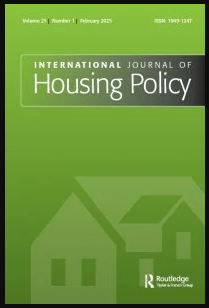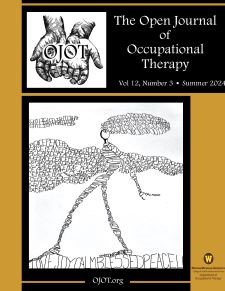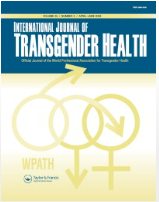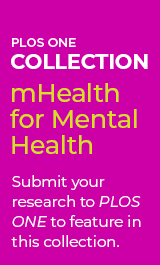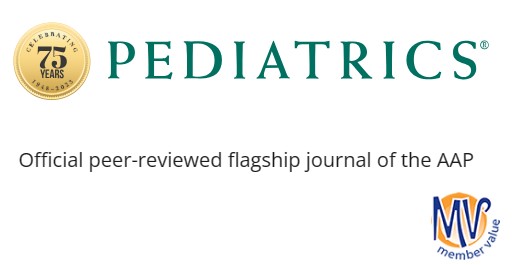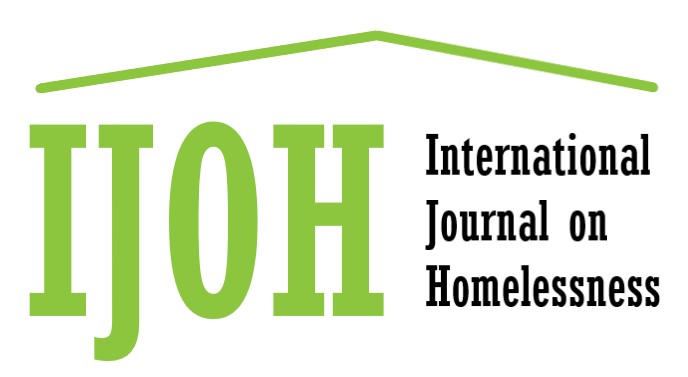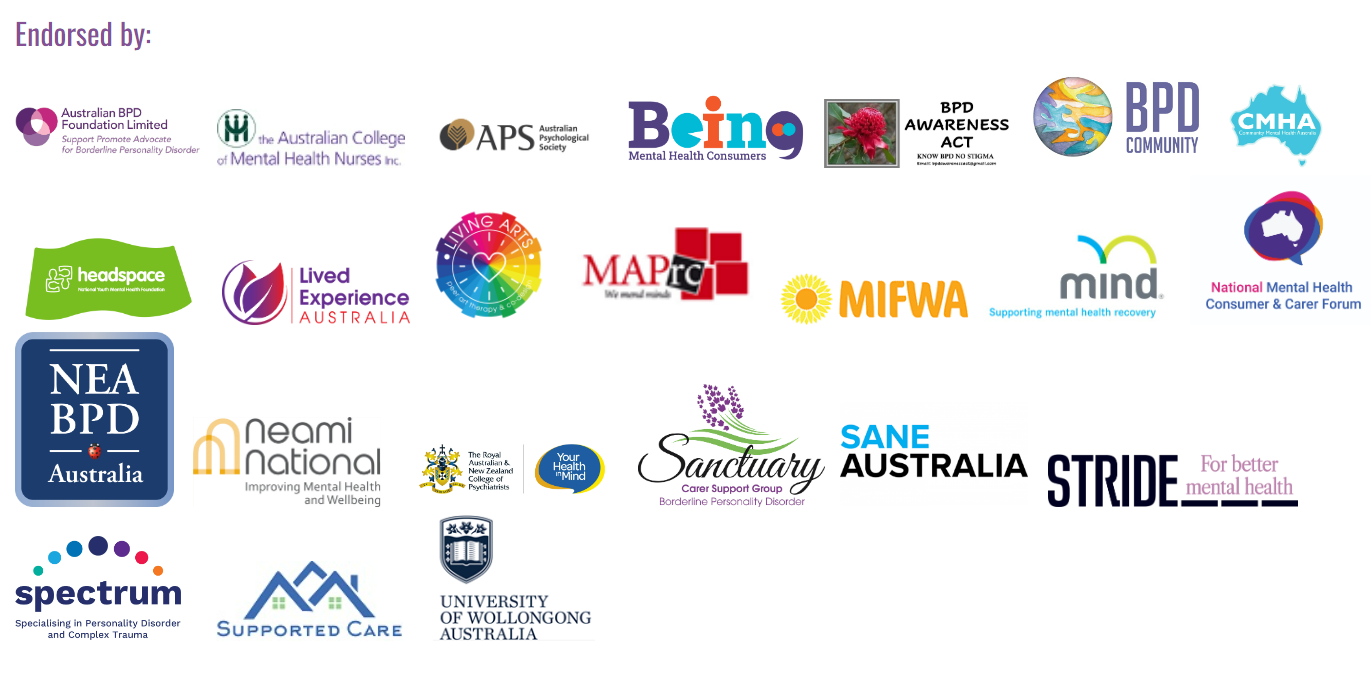Home LGBTQIA+
LGBTQIA+
- Research
Housing Futures Essay The subject of ‘inclusion health’ has gained increasing prominence in both homelessness and health policy discourses across…
- Research
Despite recent advancements in public health’s priorities and goals in the United States, trans communities continue to grapple with systemic barriers to mental health services. Community health workers are crucial for bridging this gap in mental health service provision.
- Research
Gender-diverse youth experience twice the risk for homelessness as their same-age cisgender peers and report experiencing discrimination in homeless shelters and supported housing.
- Research
All forms of gender affirmation were positively associated with the wellbeing of trans young people. Though young people who had socially affirmed their gender faced higher likelihoods of experiencing verbal harassment and homelessness, this is likely linked to their increased visibility and subsequent vulnerability to discrimination. These findings highlight the need for targeted interventions to address transphobia and discrimination. A comprehensive approach to supporting the wellbeing of trans young people should include legal, medical, and social affirmation, as well as addressing potential negative outcomes via societal education.
- Research
Our study results demonstrate that Street Needs Assessments and Point-in-Time counts can be used to examine homelessness in marginalized populations, including 2SLGBTQ+ individuals and that sexual orientation and gender identity questions need to be included on future government surveys. The consistency of findings from this study and previous research suggests that 2SLGBTQ+ individuals experience a significant need for population-based housing and social support services aimed at meeting the needs of 2SLGBTQ+ populations.
- Research
This study examines the prevalence and types of homelessness experienced by sexual minority and heterosexual youth. We examine whether state-level nondiscrimination policies and/or public attitudes on sexual diversity are associated with reduced homelessness among sexual minority youth. Finally, we investigate the differences in health risk behaviors at the intersections of sexual minority and homelessness status.
- Research
Youth self-identifying as lesbian, gay, bisexual, transgender, questioning/queer, intersex, asexual, and other identities (LGBTQIA+) are overrepresented among the homeless youth…
- Research
To ensure Australians living with BPD receive effective treatment and the best chance of recovery (and their support network receive…

